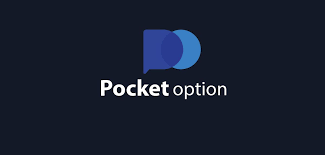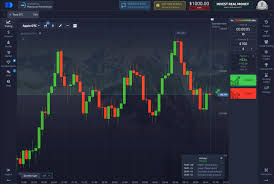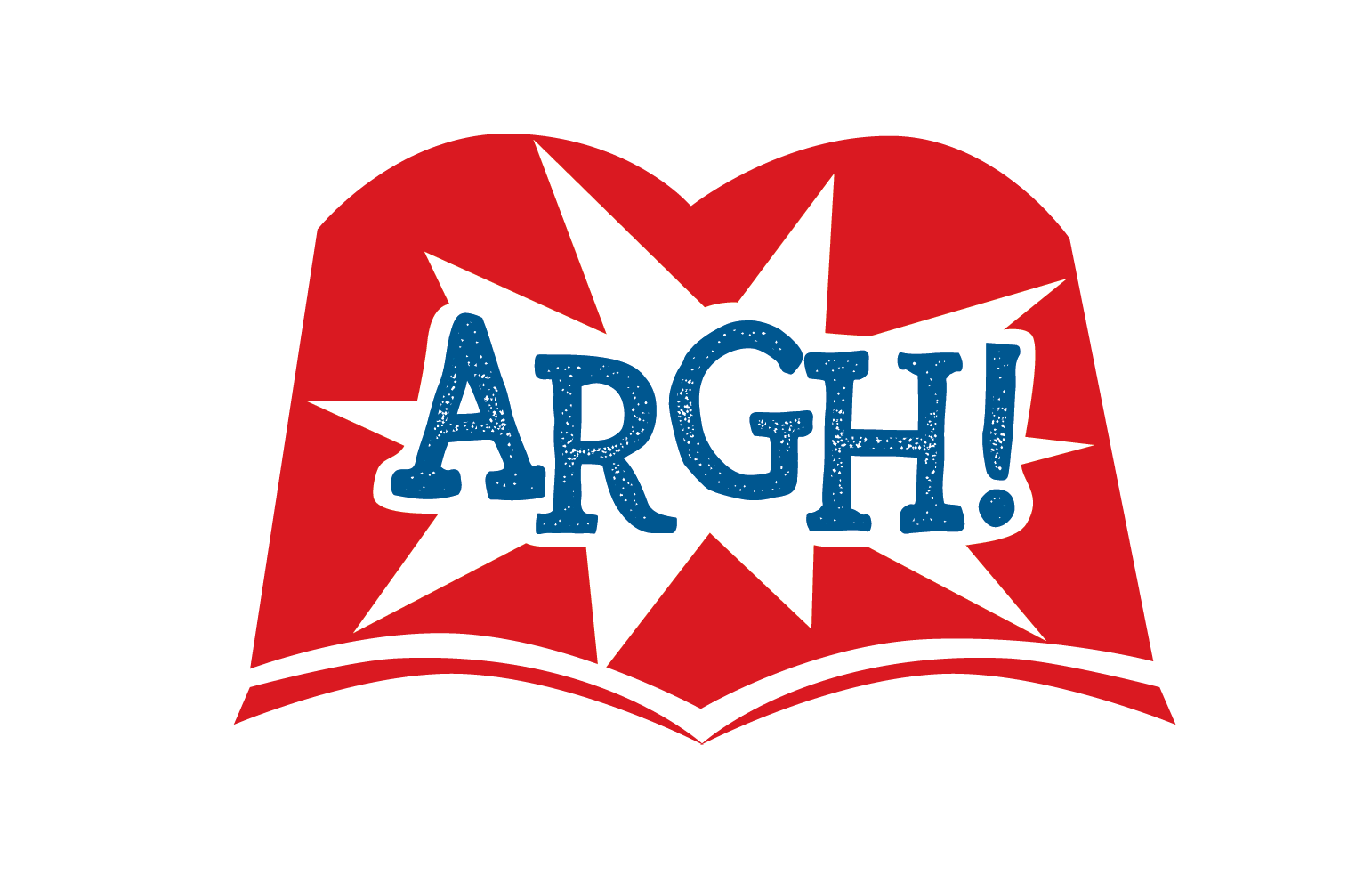
Trading with Ichimoku Kinko Hyo

Unlocking the Potential of Trading with Ichimoku Kinko Hyo
In the world of trading, understanding market trends and dynamics is essential for success. One of the most popular tools that traders use to forecast market movements is the Ichimoku Kinko Hyo indicator. Translated as „one glance equilibrium chart,“ Ichimoku offers a comprehensive view of price action, combining various elements to help traders make informed decisions. This article will delve into the components of Ichimoku Kinko Hyo and how to leverage its insights for trading success. For further in-depth guidance, visit Trading with Ichimoku Kinko Hyo in Pocket Option https://trading-pocketoption.com/torgovlya-s-pomoshhyu-ichimoku-kinko-hyo-v-terminale-ot-pocket-option/.
Understanding the Ichimoku Components
Ichimoku is not just a single indicator but a collection of five lines that together create a rich narrative about price behavior. Each of these components plays a unique role:
- Tenkan-sen (Conversion Line): Calculated by taking the average of the highest high and the lowest low over the last 9 periods, this line helps identify short-term price movements.
- Kijun-sen (Base Line): This is the average of the highest high and lowest low over the last 26 periods. It serves as a support and resistance level for the longer-term trader.
- Senko Span A (Leading Span A): It is the average of the Tenkan-sen and Kijun-sen plotted 26 periods into the future. It helps form the cloud.
- Senko Span B (Leading Span B): Calculated by averaging the highest high and lowest low over the last 52 periods and also plotted 26 periods into the future. It creates the cloud boundary.
- Chikou Span (Lagging Span): This line is simply the current closing price plotted 26 periods back and helps traders assess the trend’s strength.
How to Use Ichimoku in Trading
Now that we understand the components, let’s look into how to utilize them effectively in trading strategies.
Identifying Trends
The first step in trading with Ichimoku is to identify the current trend. When the price is above the cloud, the trend is considered bullish; when it is below the cloud, the trend is bearish. A price within the cloud indicates a ranging market, which may not present ideal trading opportunities. The key is to focus your trades in the direction of the trend dictated by the cloud.
Using Conversion and Base Lines for Entry Signals

Traders often look for crossovers between the Tenkan-sen and Kijun-sen as potential buy or sell signals. A bullish signal occurs when the Tenkan-sen crosses above the Kijun-sen, while a bearish signal happens when it crosses below. The strength of these signals can be confirmed by checking the location of the price relative to the cloud.
Dynamic Support and Resistance Levels
The Kijun-sen functions as a dynamic support or resistance level. In a bullish trend, price can retrace to the Kijun-sen and still maintain its upward momentum, while in a bearish trend, it can retrace to the same line, providing entry or exit points for trades.
Managing Risk and Setting Profit Targets
Risk management is pivotal in trading. Ichimoku offers a way to set stops based on the cloud and the Kijun-sen. For instance, placing a stop loss just below the Kijun-sen in an upward trend can help limit losses. Profit targets can also be established based on the distance between the base and conversion lines or at previous swing highs/lows.
Practical Example of Ichimoku Trading
Let’s illustrate the application of Ichimoku with a hypothetical trading scenario:
Imagine you are analyzing a currency pair on a daily chart. You notice that the price has recently crossed above the cloud, signaling a strong bullish trend. The Tenkan-sen has just crossed above the Kijun-sen, providing a robust buy signal. With the price above the Kijun-sen, you decide to enter a long position.
You place a stop loss just below the Kijun-sen and set a profit target at the next significant resistance level identified on the chart. As the trade moves in your favor, you closely monitor the cloud and lines for any signs of trend reversal. If the Tenkan-sen crosses below the Kijun-sen, you would consider closing your position or adjusting your stop to lock in profits.
Conclusion
The Ichimoku Kinko Hyo indicator is a powerful tool for traders looking to enhance their market analysis and decision-making. By combining various elements into a single framework, it allows for a comprehensive analysis of trends, momentum, and price action. Whether you’re a novice trader or a seasoned professional, incorporating Ichimoku into your trading strategy can significantly improve your trading effectiveness.
Always remember that while Ichimoku is a valuable tool, no indicator is foolproof. It is essential to combine your analysis with sound risk management strategies and stay updated with market news and events that could influence price movements. Happy trading!
